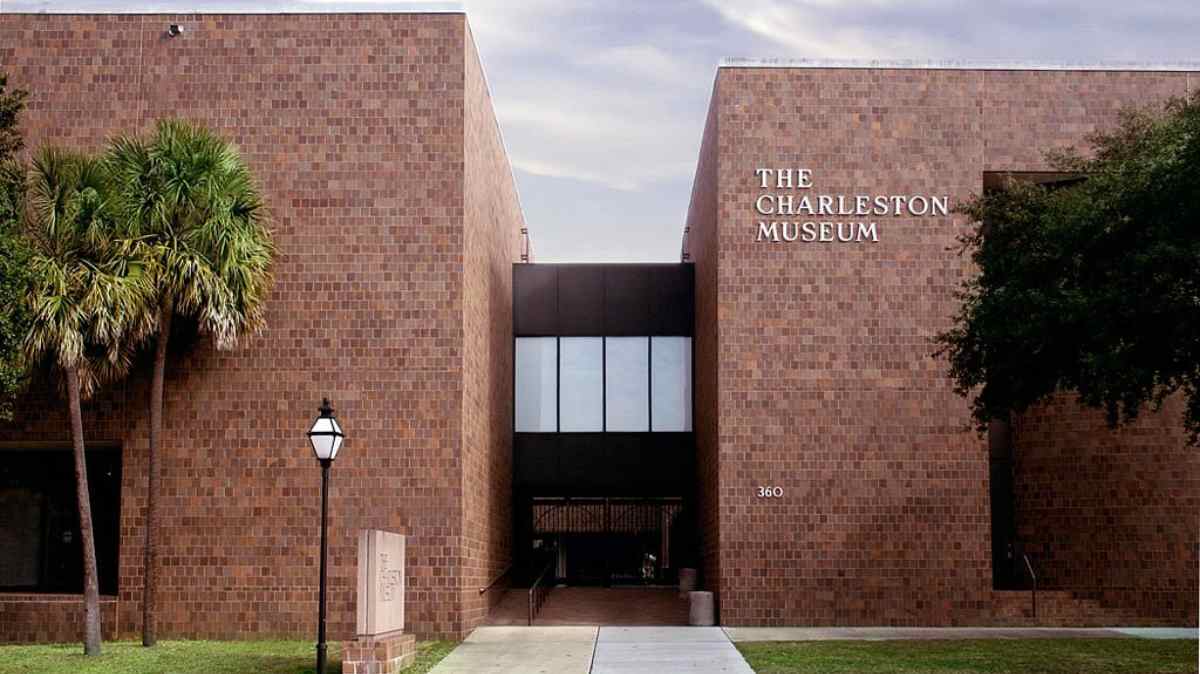When we talk about the oldest museum in the world, the Charleston Museum proudly holds this title in the U.S. The museum is located in the historic Wraggborough neighbourhood of Charleston, South Carolinathis. This remarkable institution was founded in 1773, a time before America declared independence.
Check out: List of Countries with the Best Education System in the World (Global Rankings)
Check Some Facts About the Charleston Museum
| Fact | Details |
| Museum Name | Charleston Museum |
| Location | Charleston, South Carolina |
| Founding Date | January 12, 1773 |
| First Opening for the Public | 1824 |
| Current Building Location | 360 Meeting Street (completed in 1980) |
| Notable Collections | Natural History, Local History & Decorative Arts, Special Collections (including Egyptian artifacts and paleontology) |
| Historic House Museums | Heyward-Washington House, Joseph Manigault House |
| Other Site | The Dill Sanctuary (on James Island) |
A Museum Older Than the Nation
The Charleston Museum was established on January 12, 1773, marking the first museum in the United States. It was first opened for the public to visit in 1824. However, institutions like the Peabody Essex Museum, Massachusetts, and the American Philosophical Society, Philadelphia, are the oldest among the nation, but the Charleston Museum predates them all in establishment.
Historical Milestones
The museum had replaced the Old Charleston Museum, which was destroyed in a fire of unknown cause. In 1920, Laura Bragg became the museum’s director, marking a milestone in history as the first woman to lead a publicly funded art museum in the U.S. So, now its current building is located at 360 Meeting Street, which was completed in 1980.
Cultural Responsibility and Repatriation
In the late 19th and early 20th centuries, the museum acquired Native American remains through excavations and accidental discoveries. Notably, the museum began repatriation efforts even before the Native American Graves Protection and Repatriation Act was enacted in 1990. So far, two sets of remains have been returned, with ongoing consultations for the rest ofthem.
What Can You See in the Charleston Museum?

The Charleston Museum houses an extensive and diverse range of exhibitions, including:
- Natural History: It features fossils, including the only known remains of Pelagornis sandersi, possibly the largest flying bird that has ever been discovered.
- Local History & Decorative Arts: You can also get to see the Charleston silver, furniture, South Carolina ceramics, and historic textiles.
- Special Collections: The Charleston Museum has many engaging Egyptian artifacts, 19th-century firearms, paleontology specimens, and ornithological records.
Historic House Museums
The Charleston Museum also maintains two beautifully preserved homes, named the Heyward-Washington House and the Joseph Manigault House.
Heyward-Washington House: Once home to Declaration of Independence signer Thomas Heyward, Jr., and host to George Washington during his 1792 visit.
Joseph Manigault House: A Federal-style residence showcasing early 19th-century American, English, and French decor.
The Dill Sanctuary: A Hidden Gem
Located on James Island, the museum’s Dill Sanctuary spans diverse ecosystems and historical features like Confederate batteries and archaeological sites. A six-acre wildlife pond and an education center offer space for conservation and learning programs.
Conclusion
With its founding in 1773, the Charleston Museum is more than a treasure trove of artifacts, it is a living chronicle of America's journey. From prehistoric fossils to Revolutionary War history, it continues to educate and inspire over two centuries later.
